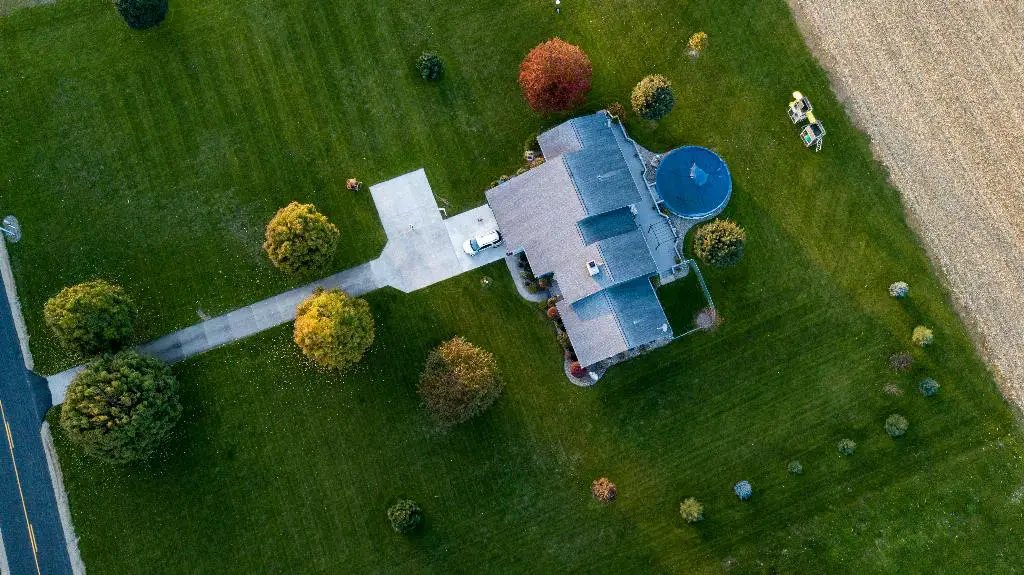Lawn scalping is a common lawn care practice that involves cutting your grass unusually low, typically below the recommended mowing height. This process exposes the stems of your grass, giving your lawn a closely shaved appearance. While it may seem drastic, lawn scalping serves a specific purpose in maintaining a healthy and vibrant lawn.
When winter transitions to spring, your lawn may accumulate thatch, dead leaves, and debris. Scalping your lawn effectively removes this build-up, allowing your grass to receive more sunlight and nutrients. By exposing the soil to sunlight, lawn scalping promotes better air circulation and minimizes the risk of disease or pest infestations.
One of the primary benefits of lawn scalping is its ability to stimulate grass growth. By cutting the grass low, you encourage the plants to produce new shoots and tillers, resulting in a thicker and healthier turf. Additionally, scalping helps eliminate overgrown patches and uneven areas, giving your lawn a more uniform and manicured look.
It is crucial to time your lawn scalping appropriately to maximize its effectiveness. Ideally, you should scalp your lawn at the beginning of the growing season, typically in early spring. This timing allows your grass to recover and start regrowing vigorously, taking advantage of the increased sunlight and nutrients available.
While lawn scalping can offer several benefits, it is essential to proceed with caution to avoid damaging your grass. Cutting the grass too low or scalping too frequently can stress the plants and weaken their resilience. It is crucial to adjust your mower settings to the appropriate height and gradually reduce the grass length over several mowing sessions.
Before initiating the scalping process, it is advisable to inspect your lawn and assess its current condition. If your grass is already stressed, damaged, or experiencing drought, it may not be the right time to scalp. In such cases, it is better to focus on watering, fertilizing, and providing proper care to restore the health of your lawn.
Proper lawn maintenance practices, such as regular mowing, watering, and fertilization, play a crucial role in keeping your lawn lush and green. Scalping should be viewed as a supplemental technique to rejuvenate your grass and promote new growth. When combined with other lawn care strategies, such as aeration and overseeding, scalping can contribute to a vibrant and resilient turf.
After completing the scalping process, it is essential to adjust your lawn care routine accordingly. Monitor the regrowth of your grass and ensure that it is thriving after the scalping treatment. Water your lawn appropriately, mow at the correct height, and provide adequate nutrients to support the recovery and growth of your grass.
While scalping can be beneficial for your lawn, it is not suitable for all grass types. Some varieties, such as warm-season grasses, may respond better to scalping than cool-season grasses. Understanding the specific needs of your grass type is essential in determining whether lawn scalping is a suitable practice for your lawn.
In conclusion, lawn scalping can be a valuable technique to rejuvenate your lawn, remove thatch, and promote new growth. When performed correctly and at the right time, scalping can enhance the health and aesthetics of your grass. However, it is essential to approach scalping with caution, monitor the recovery of your lawn, and adjust your lawn care practices accordingly to ensure long-term success.

